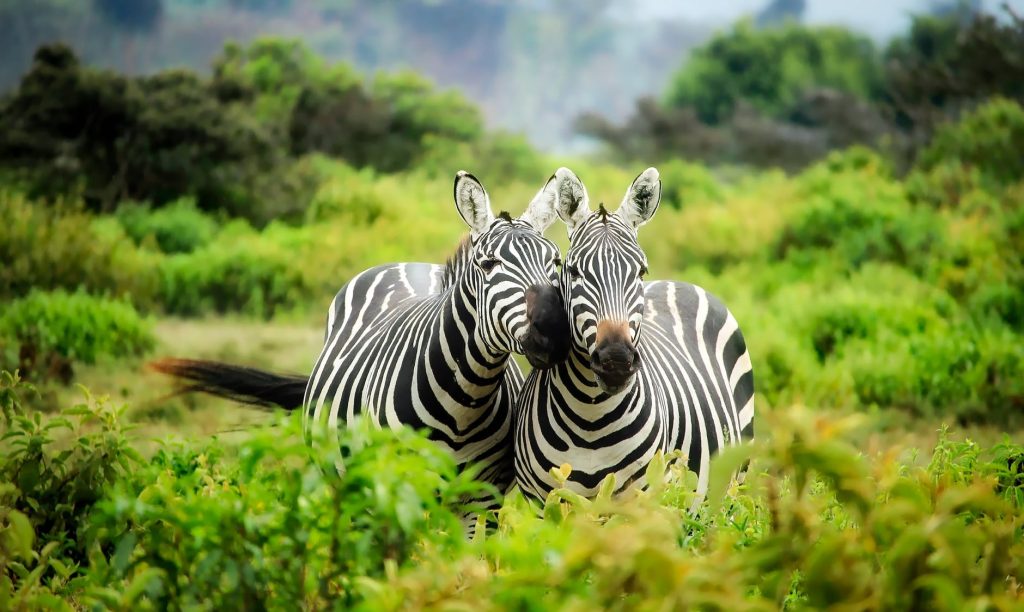
In-situ conservation is the conservation of ecosystems and natural habitats, and the maintenance and recovery of species in their natural environment. This type of conservation approach focuses on protecting species within their natural habitats, rather than artificially relocating them to a different environment or holding them in captivity. Conservation measures are implemented to maintain the ecological balance in the natural habitats, allowing species to thrive in their original environment. Examples of in-situ conservation include the establishment of protected areas such as national parks, Community Reserves
Community reserves are areas of land which are legally protected for the enjoyment of the public. These areas may include public parks, nature reserves, recreation areas, and community gardens. These areas are typically managed by the local government, and are used for educational, recreational, and conservation purposes. Community reserves are designed to encourage people to interact with nature and to promote environmental awareness., and wildlife sanctuaries, as well as the reintroduction of species into their native environment.

national parks, Environment,Species
